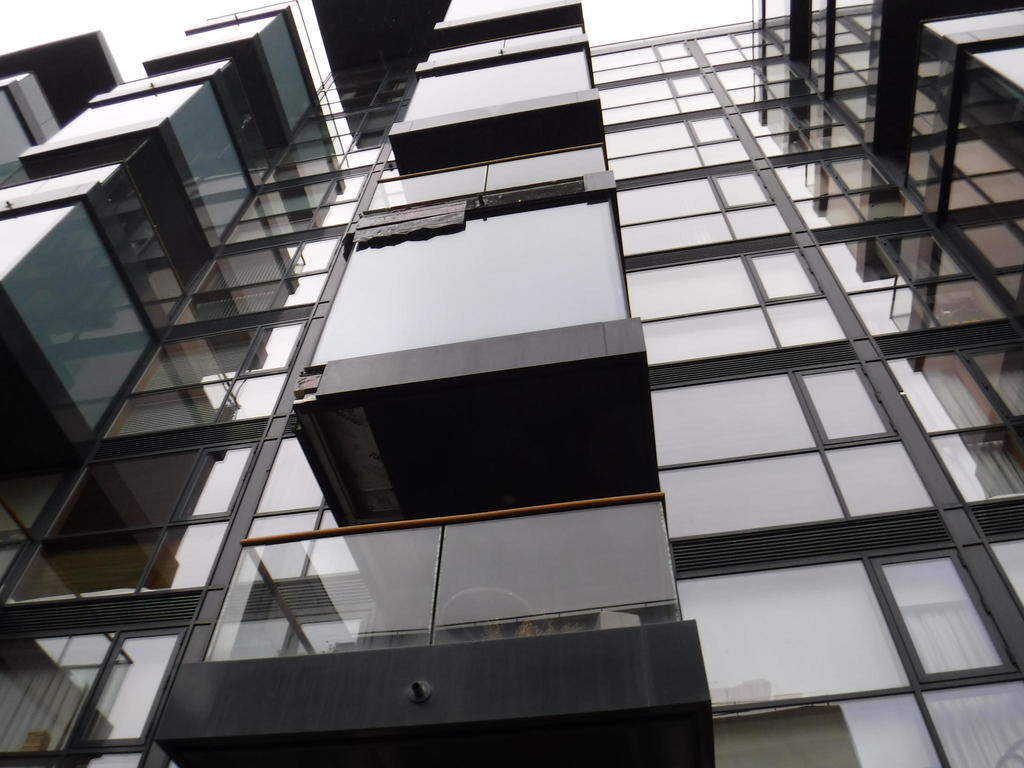Government Prioritises Apartment and Duplex Defects Remediation Bill 2024

Apartment and Duplex Defects Remediation Bill 2024
The Irish government has approved the priority drafting of the Apartment and Duplex Defects Remediation Bill 2024, which addresses fire safety, structural, and water ingress issues in buildings constructed between 1991 and 2013. Under the new legislation, 100% of eligible remediation costs will be covered.
This remediation scheme, estimated at over €2 billion, aims to protect apartment and duplex owners affected by these construction defects. The Housing Agency will oversee the process, ensuring Owners’ Management Companies (OMCs) receive the funding necessary to carry out these critical repairs.
Key Facts About the Remediation Scheme:
- The defects covered include fire safety, structural issues, and water ingress.
- Apartments and duplexes built between 1991 and 2013 are eligible.
- Over €2 billion will be allocated to cover 100% of eligible remediation costs.
- The Housing Agency will manage the funding process for OMCs.
Minister Darragh O’Brien emphasised the importance of moving swiftly to protect homeowners and said the bill is a significant step forward. In the interim, the Emergency Fire Safety Scheme remains open, providing temporary support while full legislation is finalised.
According to a government study, nearly 80% of apartment buildings constructed between 1991 and 2013 may be affected by these defects, affecting up to 100,000 homes.
The Apartment Owners Network, Construction Defects Alliance, and the Not Our Fault Campaign have played a crucial role in shaping this legislation, ensuring that homeowners’ concerns are addressed.
For more information on the bill and its progress, visit the Department of Housing, Local Government, and Heritage here and stay updated through AOCA’s news here.

